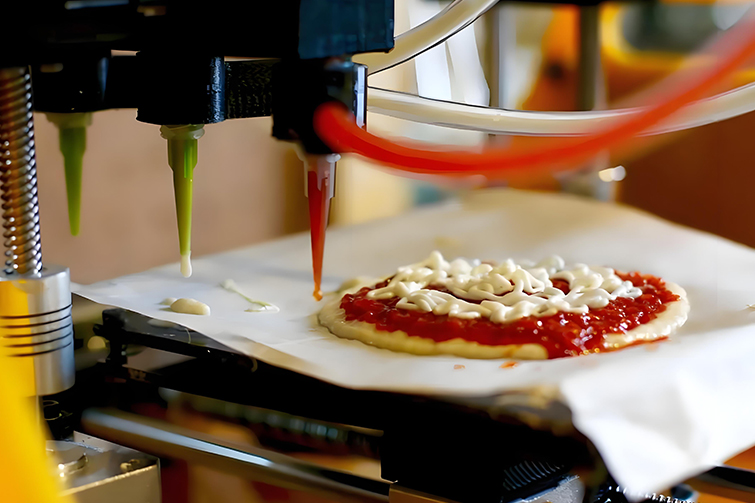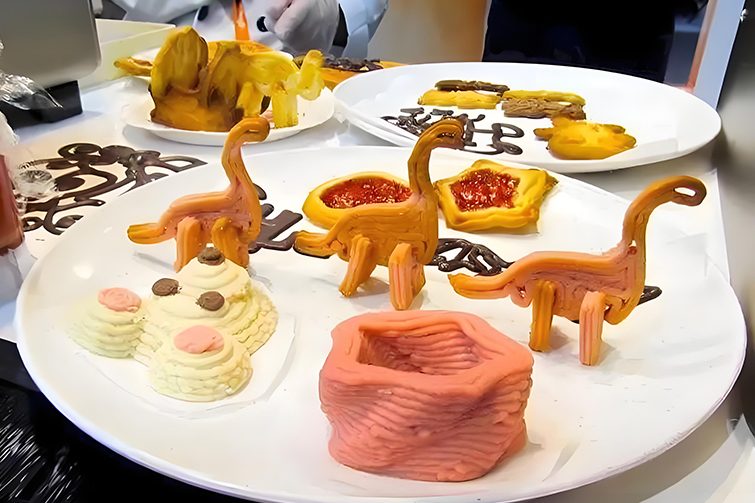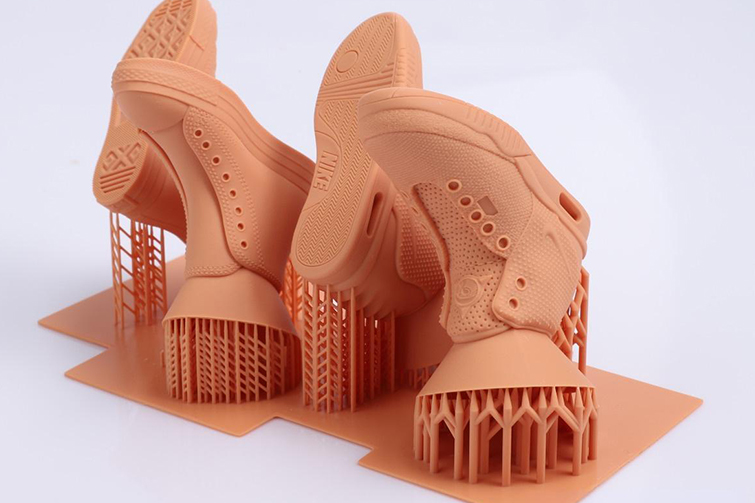

3D Printing: Revolutionizing Everyday Life
3D printing, once a futuristic concept reserved for high-tech labs and industrial applications, is now making significant inroads into our daily lives. This transformative technology is redefining how we create, customize, and use products, bringing new possibilities to individuals, households, and businesses. From personalized gifts to innovative healthcare solutions, 3D printing is revolutionizing various aspects of everyday living.
Personalized Products and Gifts
One of the most exciting applications of 3D printing is the ability to create personalized products and gifts. Unlike traditional manufacturing methods that require large-scale production, 3D printing allows for one-off creations tailored to individual preferences.
1.Customized Home Decor: Imagine decorating your home with unique items that reflect your personal style. With 3D printing, you can design and produce bespoke vases, lamps, and wall art. Websites like Thingiverse and MyMiniFactory offer a vast array of downloadable designs that can be printed at home or through a local service.
2.Personalized Gifts: Giving gifts has never been more thoughtful. 3D printing enables you to create custom jewelry, phone cases, or even figurines that are tailored to the recipient's tastes. This level of personalization adds a special touch that store-bought items often lack.
3.Fashion and Accessories: The fashion industry is also embracing 3D printing for its ability to produce custom-fit clothing and accessories. Designers are using 3D printing to create intricate jewelry, unique shoes, and even entire garments that are tailored to individual measurements.
Education and Learning
3D printing is revolutionizing education by providing hands-on learning opportunities across various subjects. From elementary schools to universities, 3D printers are becoming essential tools for teaching and innovation.
1.STEM Education: 3D printing is a powerful tool in STEM (Science, Technology, Engineering, and Mathematics) education. Students can design and print models to understand complex concepts in mathematics and engineering or create prototypes for science projects. This hands-on experience fosters creativity, problem-solving skills, and a deeper understanding of theoretical knowledge.
2.History and Art: In subjects like history and art, 3D printing allows students to create replicas of ancient artifacts or explore artistic design by producing their own sculptures. This tactile interaction enhances engagement and learning.
3.Prototyping and Innovation: For budding inventors and entrepreneurs, 3D printing offers a cost-effective way to prototype new products. This ability to quickly iterate on designs accelerates the development process and reduces the barrier to bringing new ideas to life.
Healthcare and Wellness
3D printing is making remarkable strides in the healthcare sector, offering new ways to improve patient care and wellness.
1.Prosthetics and Orthotics: Custom-fitted prosthetics and orthotics are now more accessible thanks to 3D printing. These devices can be tailored precisely to the patient's body, enhancing comfort and functionality. Organizations like e-NABLE provide 3D-printed prosthetic hands to children worldwide, dramatically improving their quality of life.
2.Medical Models: Surgeons are using 3D-printed models to plan complex surgeries. These models, created from patient-specific scans, provide a detailed understanding of the anatomy, allowing for more precise and effective surgical procedures.
3.Dental Solutions: In dentistry, 3D printing is used to produce custom dental implants, crowns, and aligners. This technology streamlines the production process, reduces costs, and improves the fit and comfort of dental devices.
Home and DIY Projects
3D printing is empowering homeowners and DIY enthusiasts to tackle a wide range of projects, from simple repairs to creating entirely new products.
1.Repair and Replacement Parts: Broken a part of your vacuum cleaner or lost a knob from your stove? With 3D printing, you can produce replacement parts right at home. This capability not only saves money but also reduces waste by extending the life of household items.
2.Tools and Gadgets: Need a custom tool or a specific gadget? 3D printing allows you to create exactly what you need. Whether it's a unique kitchen tool or a custom mount for your camera, the possibilities are endless.
3.Crafts and Hobbies: Crafters and hobbyists are leveraging 3D printing to create unique projects, from model railroads and cosplay props to intricate puzzles and board game pieces. The ability to print detailed and custom components enhances the creative process.
Food and Nutrition
3D printing is even making its way into the kitchen, transforming how we prepare and consume food.
1.Customized Nutrition: 3D food printers can create meals tailored to specific dietary needs and preferences. This technology is particularly beneficial for people with special dietary requirements or those looking to optimize their nutritional intake.
2.Innovative Culinary Creations: Chefs and food enthusiasts are experimenting with 3D printing to create intricate designs and textures that would be impossible with traditional cooking methods. This innovation opens up new possibilities for culinary creativity and presentation.
Future Outlook and Challenges
While the integration of 3D printing into everyday life is advancing rapidly, there are challenges and considerations to address.
1.Accessibility and Affordability: As the technology becomes more widespread, efforts are needed to ensure that 3D printers and materials are accessible and affordable to a broader audience.
2.Intellectual Property and Safety: The ability to print virtually anything raises concerns about intellectual property rights and the potential for producing harmful or dangerous items. Regulations and guidelines are necessary to address these issues responsibly.
3.Environmental Impact: The environmental impact of 3D printing, including the use of plastic materials and energy consumption, is an area that requires ongoing attention. The development of sustainable materials and recycling processes is crucial for the technology's long-term sustainability.
Conclusion
3D printing is undeniably revolutionizing our daily lives, offering new levels of personalization, creativity, and convenience. From the classroom to the kitchen, this transformative technology is opening up a world of possibilities. As it continues to evolve and become more accessible, 3D printing will play an increasingly integral role in how we live, learn, and innovate. Whether it’s creating a custom gift, enhancing educational experiences, or improving healthcare outcomes, 3D printing is here to stay, shaping the future in ways we are only beginning to imagine.
In conclusion, the integration of 3D printing into our daily routines represents a significant leap forward in technology and creativity. Its potential to personalize, innovate, and simplify our lives makes it one of the most exciting developments of the modern era.





